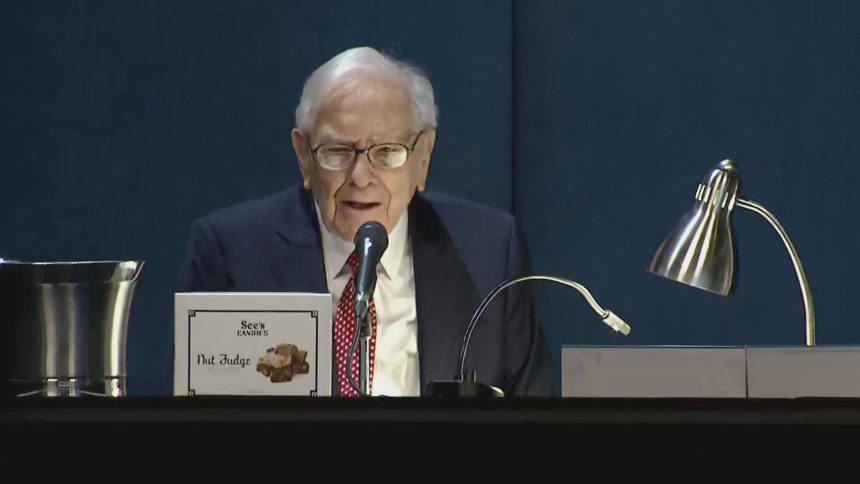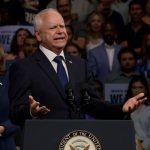Berkshire Hathaway now owns more in Treasury bills than the U.S. Federal Reserve as Warren Buffett builds up his cash fortress to a record level. The Omaha-based conglomerate held $234.6 billion in short-term investments in Treasury bills by the end of the second quarter, while it owned more than $42 billion of cash and cash equivalents that included T-bills with maturities of three months or less, according to its quarterly financial report . That compared to $195.3 billion in T-bills that the Fed owned as of July 31. The central bank held $4.4 trillion in Treasury securities that include notes, bonds and inflation-linked securities. The Fed was a big buyer of the government’s debt during the pandemic and is always one of the biggest holders of Treasuries as part of its effort to keep liquidity in the markets. Buffett, 93, pulled off a surprising and yet prescient move by selling big chunks in stock holdings including Apple last quarter, ahead of a drastic global sell-off this week. Berkshire has been a seller of stocks for seven quarters straight, but that selling accelerated in the last period with Buffett shedding more than $75 billion in equities in the second quarter. Many loyal Buffett watchers viewed the decision to dump his top holdings as a wake-up call with the Oracle of Omaha seemingly turned bearish on the economy and the markets. Buffett has noted in the past during times of crisis that he’ll buy Treasury bills directly at auction. The government sells T-bills for terms ranging from four to 52 weeks. Buffett’s gigantic war chest has been earning sizeable returns thanks to the pop in Treasury yields over the past two years. If invested in three-month Treasury bills at about 5%, $200 billion in cash would generate about $10 billion a year, or $2.5 billion a quarter. After the Covid-19 pandemic rattled markets, the central bank bought about $5 trillion of Treasuries and mortgage bonds to help aid the economy. But the Fed has been shrinking its asset holdings since June 2022, in a program widely known as quantitative easing. The Fed seeks to promote maximum employment and stable prices by independently setting monetary policy. It includes buying and selling Treasury securities held by the public to control the money supply and interest rates.
Read the full article here




